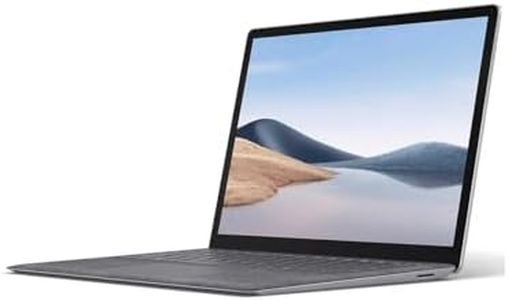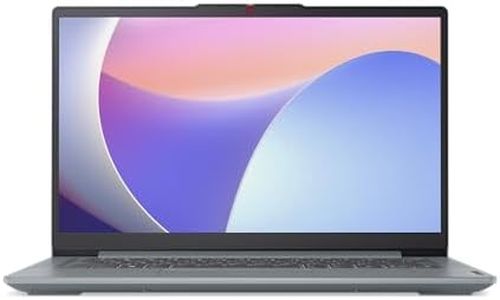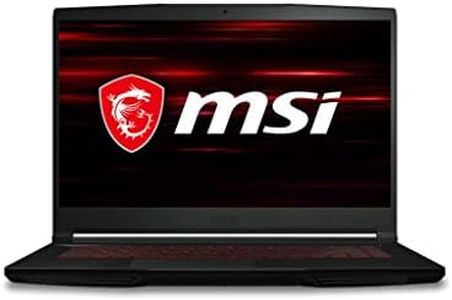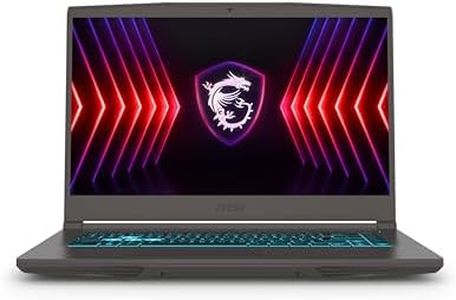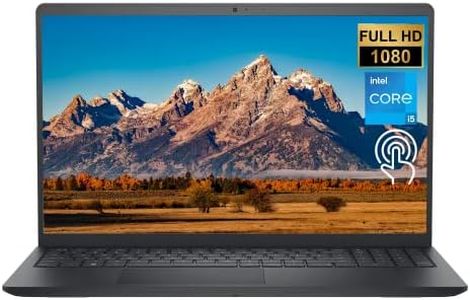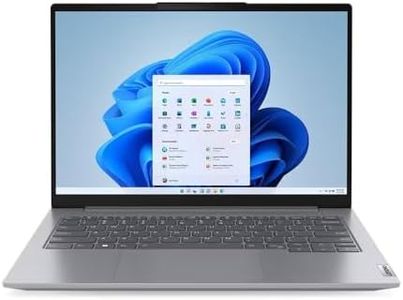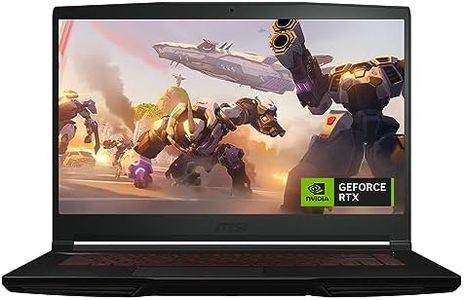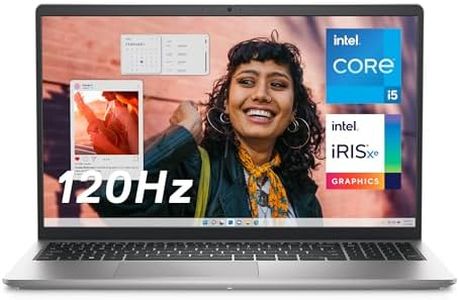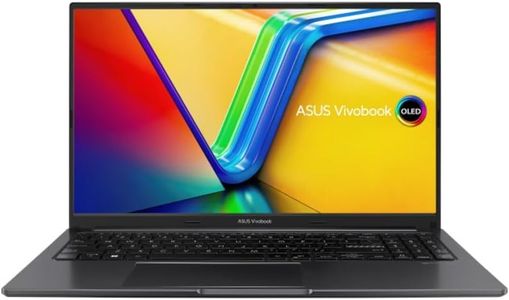We Use CookiesWe use cookies to enhance the security, performance,
functionality and for analytical and promotional activities. By continuing to browse this site you
are agreeing to our privacy policy
10 Best Programming Laptops
From leading brands and best sellers available on the web.Buying Guide for the Best Programming Laptops
Choosing the right laptop for programming is about more than just raw power. You want a machine that helps you code efficiently, fits your working style, and is comfortable to use for long periods. Since programming needs can vary, it’s important to consider what programming languages and environments you’ll use, if you plan to work with resource-heavy tools (like virtual machines or emulators), and whether you’ll be working on the go or mostly at a desk. Your choice should balance speed, comfort, and portability to make daily work smoother and more enjoyable.Processor (CPU)The processor is the brain of the laptop and determines how quickly your programs will run and how many tasks you can do at once. For most programming tasks, a modern multi-core processor offers a good balance, but if you’re working with large codebases, running virtual machines, or compiling complex projects, you may want one with more cores and higher clock speed. For light scripting or web development, a mid-range processor will often be enough, but heavy development benefits from more power. Think about the complexity of the projects you’ll work on when considering processor strength.
Memory (RAM)RAM is important for multitasking and running large programs smoothly. If you have many browser tabs, editors, and tools open at the same time, more RAM will help your system stay responsive. Programming laptops usually do well with at least 8GB of RAM for light use, but 16GB or more is better if you use heavy IDEs, run multiple programs together, or need virtual machines. Consider your workflow: if you often compile code or work heavily in memory-intensive applications, prioritize higher RAM.
Storage (SSD vs HDD and Capacity)Storage determines how much data, code, and programs you can keep on your laptop and how quickly you can access them. Solid State Drives (SSD) are much faster than Hard Disk Drives (HDD) and make opening files, booting up, and compiling code feel faster. When choosing capacity, 256GB is sufficient for small-to-medium projects, while 512GB or more is recommended if you handle large files, work with virtual machines, or want lots of programs installed. For most programmers, the speed of an SSD is more important than sheer size, but storage needs can increase over time.
Display Quality and SizeA good display makes coding easier on your eyes, especially during long sessions. Screen size impacts portability and multitasking — a 13-inch screen is great for travel and small desks, while 15 or 17 inches provide more space for having multiple windows open side-by-side. High resolution (like Full HD or higher) helps text appear sharper and easier to read. If you like to have your editor, documentation, and terminal open at once, a bigger and higher resolution display is better. Choose based on your working environment and how much you value screen real estate versus ease of transport.
Keyboard ComfortProgramming involves a lot of typing, so a comfortable, responsive keyboard makes a big difference. Good key travel and spacing help reduce fatigue and allow you to type quickly and accurately. Some laptops have better keyboard layouts and feel than others, so if possible, try the keyboard before buying or check trusted reviews for feedback on comfort. Think about whether you prefer soft or clicky keys and whether you need features like backlighting for working in low light.
Battery LifeLong battery life is important if you work away from a power outlet, such as in libraries, coffee shops, or during travel. Lightweight development can be done even on energy-efficient machines, but compiling code or running intense workloads can drain the battery faster. Look for realistic battery life figures (not just the manufacturer’s claims) and consider how much mobility you’ll need. If you’re often at a desk, this matters less, but for on-the-go programmers, a longer battery life can be a huge advantage.
Port SelectionThe types and number of ports (USB, HDMI, SD card, etc.) determine how easily you can connect peripherals like external monitors, storage devices, or development boards. For many programmers, having a few standard USB ports and an HDMI or DisplayPort for a second screen is essential. Some newer laptops rely heavily on USB-C, which may require adapters. Consider what devices and accessories you often use and make sure the laptop’s ports fit your workflow.
Operating System CompatibilitySome programming tools and languages work best on specific operating systems (like Linux, macOS, or Windows). Make sure the laptop can support the OS you’re most comfortable with for your development needs. If you need to use Mac-only tools or iOS development, macOS is required; if you program for Windows or use Microsoft’s ecosystem, Windows may be better; and for many open-source languages and web development, Linux can be ideal. Think about your preferred workflow and select accordingly.


